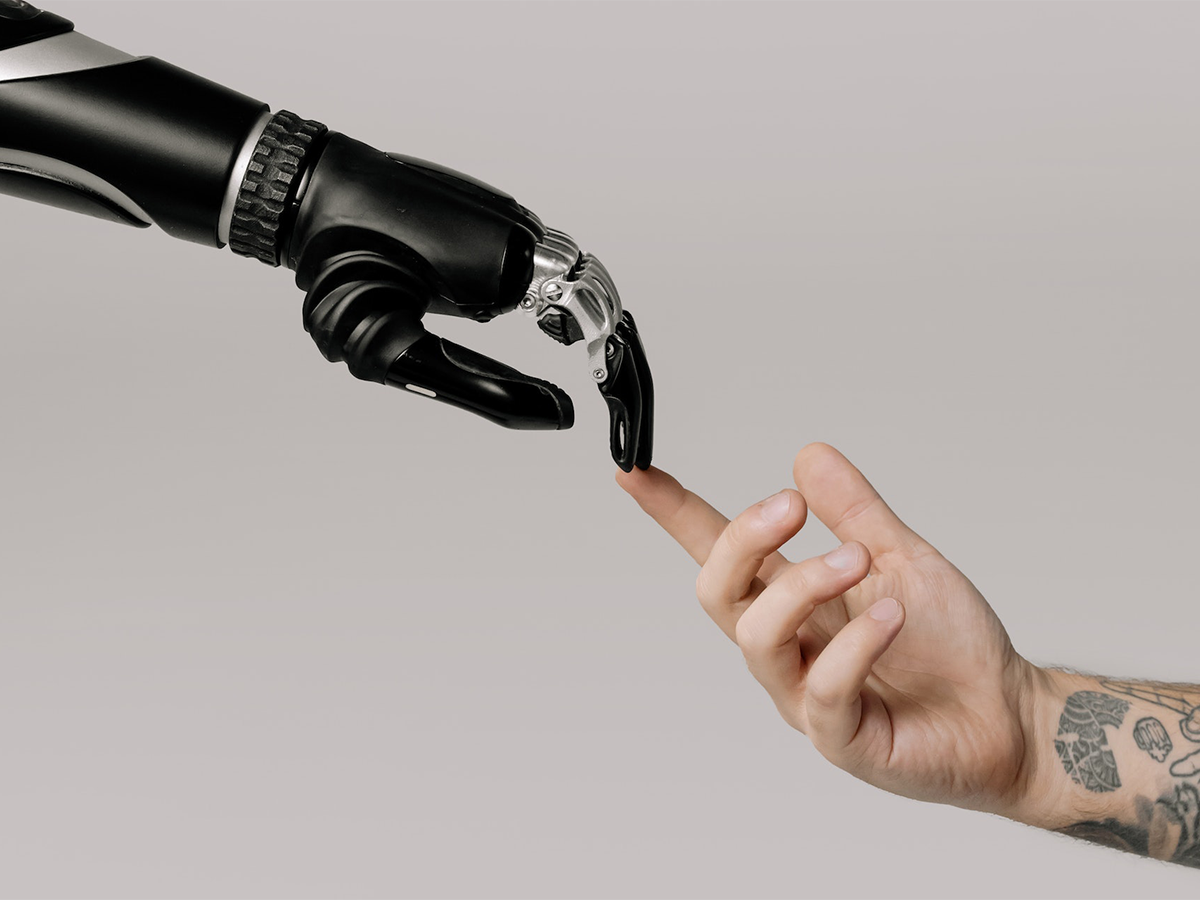
As published in Finance et Investissement on 7 August 2023
Mergers and acquisitions can be an effective use of capital for businesses to stay viable by growing their capabilities, reducing costs, potentially eliminating competitors, and ultimately growing enterprise value. Yet, despite the resources allocated to M&A activity, over two-thirds of mergers fail. There are several reasons for these costly stumbles which range from overpaying for a target, buying an unrelated business (empire building), poor integration, cultural incompatibility, and misaligned incentives, among others.
Business history is littered with mega-cap mistakes such as the AOL (America Online) acquisition of Time Warner in 2000 which resulted in countless job losses, ruined retirement accounts, being investigated by the Securities and Exchange Commission and Justice Department, and decimated shareholder value. Would using A.I have made a difference? A growing number of companies thinks so. There is little doubt that A.I. will play an increasingly important role in the M&A ecosystem such as identifying attractive targets and optimizing rates of successful mergers. The interest in A.I.-focused companies will add to the pipeline of future targets from the list of young, fast-growing businesses.
A.I. and its impact on M&A activity
Investors are always searching for a competitive edge. So, it comes as no surprise that we embrace technological innovation to optimize our performance. It’s like that ‘70s TV series The Six Million Dollar Man about an astronaut rebuilt as a cyborg (“We can rebuild him. We have the technology. We can make him better than he was. Better, stronger, faster…”) The finance industry relies heavily on great quantities of data that need to be processed rapidly and with a high degree of accuracy. Machine learning tools have the potential to transform mergers & acquisitions (M&A) by making the often cumbersome and costly processes “better, stronger, faster.”
In the same way the internet is a great leveller, allowing us to get up to speed quickly on any conceivable topic, in terms of M&A, generative artificial intelligence tools (GAI) will optimize productivity for time consuming, tedious, and costly tasks such as due diligence, data analysis, and pattern recognition, as well as post-merger integration activities including updating contracts and migrating data. It is estimated that using AI for M&A can reduce due diligence up to ninety percent and contract reviews by lawyers by ninety-five percent. Transactions that involve more than one language, regulatory issues, and/or geopolitical hurdles can also be optimized with GAI.
Valuation work which includes finding comparables and estimating enterprise value can be outsourced to GAI tools to free up human resources for more creative and value-added labour. These tools are already being used by firms such as Deloitte and KPMG in their M&A consultancy work.
GAI can identify attractive targets and detect potential red flags, thus avoiding costly mistakes. Long before the current AI hype, a Canadian investment firm used AI fraud and anti-money laundering software (dubbed “The Brain”) by Toronto-based startup OutsideIQ, to support its due diligence process. The software uncovered asset reporting issues that showed the company Sino-Forest Corp. owned less land than it had claimed.
To increase the probability of a successful merger, algorithms can uncover the best company attributes to predict a successful combination. Even soft elements such as “corporate culture” that have been hard to quantify in the past, can become a viable input based on suitable data points such as average employee tenure and staff turnover rate.
Historically, deal origination has been a bespoke activity based on personal relationships. While this aspect of M&A, especially in the private company space, is unlikely to change, GAI can recover a greater quantity and quality of private company data and thus enhance the eventual personal interaction. Removing human emotions from the discovery process also sidesteps the risks associated with human cognitive and emotional biases. In this way, not only are both parties likely to engage in greater transparency of information sharing but new opportunities can be created.
These are still early days for GAI-enabled M&A. But by using the appropriate data sets and algorithms, together with human creativity and intelligence, these tools have the potential to reduce the rate of M&A failures and engender more successful transactions that grow value for all stakeholders.



